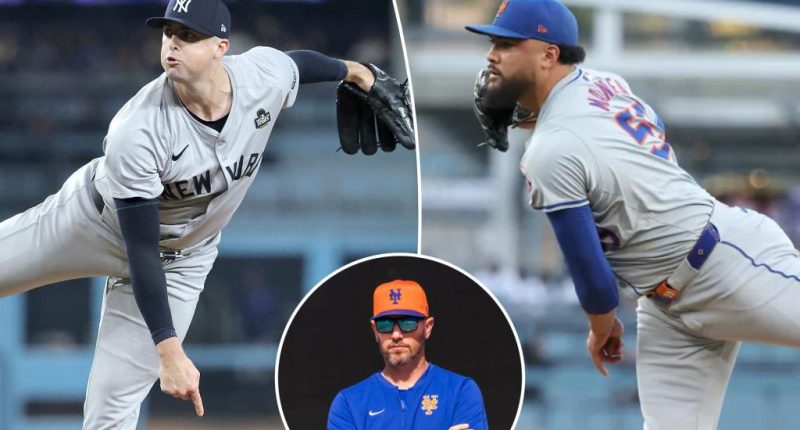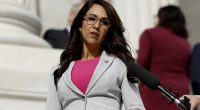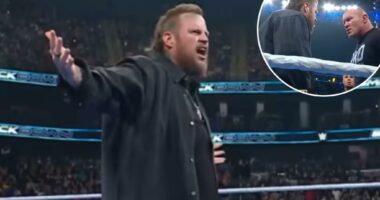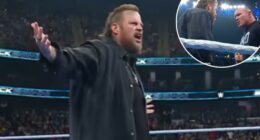
As Frankie Montas surveyed his options as a free agent, he gave his buddy and fellow free agent Sean Manaea a call.
He had questions about the Mets and Jeremy Hefner.
“How’s the pitching coach? How’s the training staff? How’s everybody?” Montas asked his former rotation mate with the A’s.
“[Manaea] had nothing but good things to say about Jeremy,” Montas said this weekend at “Amazin’ Day.”
In making an unexpected run to the NLCS last season, the Mets hope they have built a foundation for success year after year. With that foundation, they hope, comes a reputation.
In general, players want to play with teams that will pay them (which is where Steve Cohen helps); with whom they will win (last year was a good start); and with whom they will improve.
This last factor is crucial and arguably represents the largest leap taken by the Mets last season.
In the previous winter, they signed Manaea and Luis Severino, who were coming off OK and poor seasons, respectively, to modest free agent contracts: Manaea on a two-year deal worth at most $28 million with an opt-out, and Severino on a one-year, $13 million base pact.
Halfway through a middling season, Manaea dropped his arm slot and began to look — and pitch — like Cy Young winner Chris Sale.
With help from Mets pitching minds, he carried the club to the NLCS and received Cy Young votes himself.
His decision to opt out was an easy one, and he cashed in by returning to Queens for three years and $75 million.
Severino, using a Mets-designed offseason plan that was more aggressive than had been adopted during his Yankees days, made 31 regular-season starts and three more in the playoffs.
He pitched well and, just about as importantly, he pitched a lot after totaling 40 regular-season starts in his previous five seasons combined.
He had signed a prove-it pact and proceeded to prove himself, enabling him to cash in on a three-year, $67 million contract with the A’s.
The Mets helped pitchers develop, which helped the team win and helped those pitchers earn more money.
Other pitchers, who want to grow, noticed this winter.
“They had Sevy and Sean Manaea, you saw what they were able to do,” said Clay Holmes, who said the Mets development system was important to him. “Those things weren’t by accident really. Those guys, they kind of knew what they’re doing, and they had success with it.
“So I think past success — obviously, talking with Jeremy Hefner, his experience and what he’s been able to do, and how we can just relate to each other has been good — but they obviously have a ton of resources here. I mean, I think they can stack up with anybody across the league as far as resources they provide.”
Part of the Mets’ improving reputation involves Hefner, a pitching coach who has survived in the role for five years through several regime changes and who now will be assisted by Desi Druschel, whom the club poached from the Yankees this offseason.
Part of the Mets’ improving reputation involves the other development-based personnel and technology that have taken steps in the past few seasons.
Eric Jagers, their vice president of pitching, leads the lab in Port St. Lucie.
The behind-the-scenes work sometimes becomes evident with guys like Manaea and Severino and sometimes with prospects such as Christian Scott, who showed promise before requiring elbow surgery.
The Mets did not pitch a perfect game last season — bringing in Adrian Houser did not work out — but the more success stories they can boast, the easier it would be to be seen as a destination for pitchers who think there is untapped potential within them.
Cohen’s money will help land pitchers such as Montas, coming off of a pedestrian season, and Holmes, who pitched in the Yankees bullpen.
But a growing reputation for becoming a place pitchers want to pitch can be a real recruiting tool.
“Combine the in-game experience and what [the Mets are] able to do and just the resources,” Holmes said, “I think their development, even here at the big league level, has kind of spoken for itself.”








